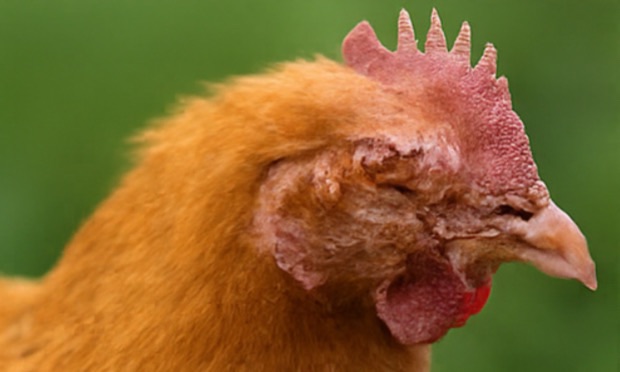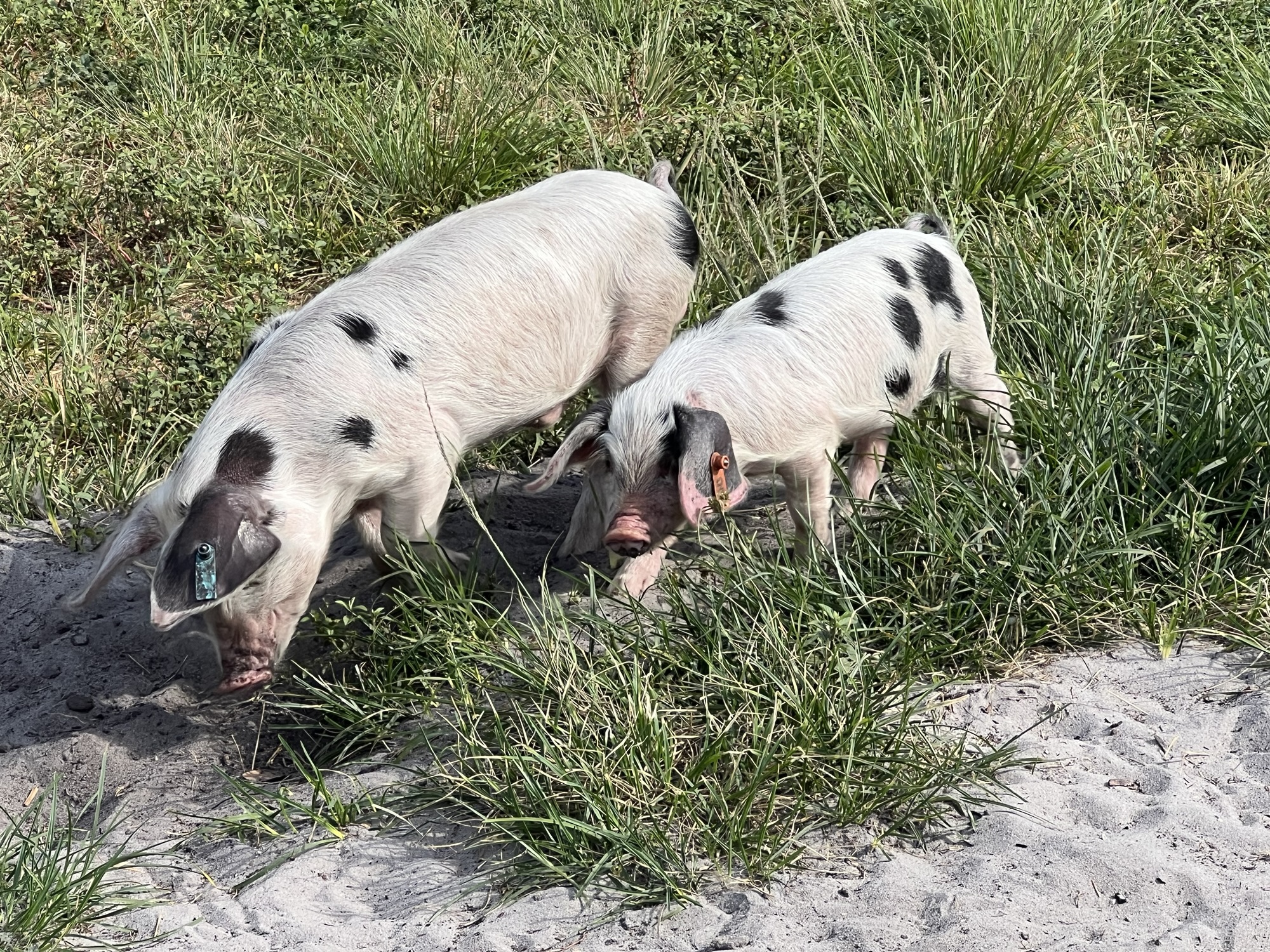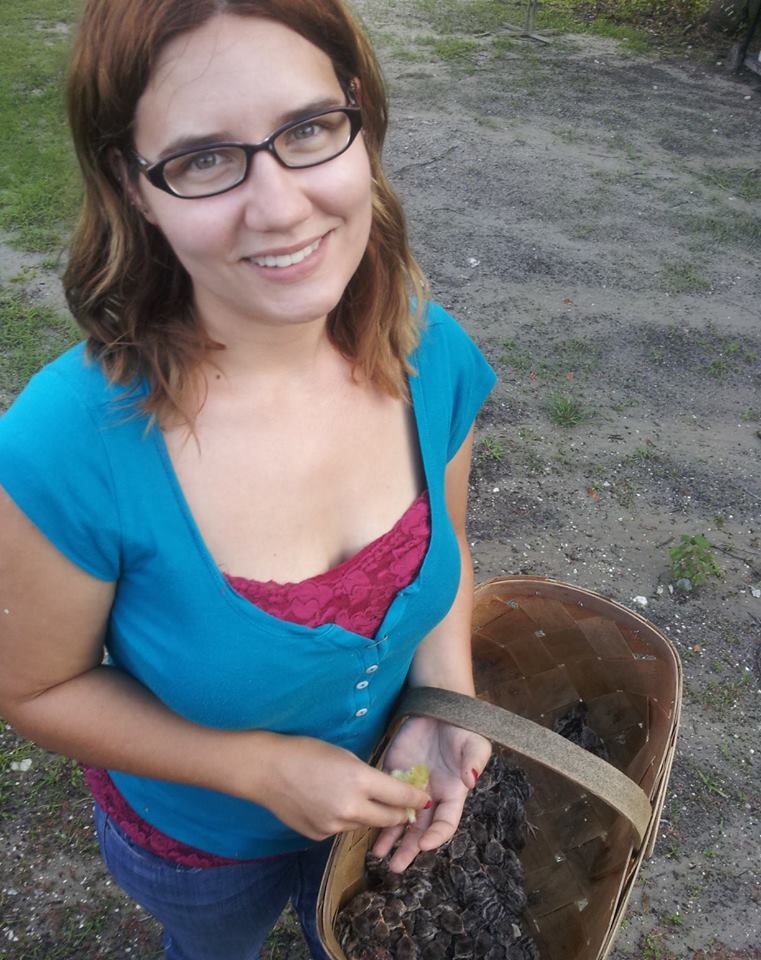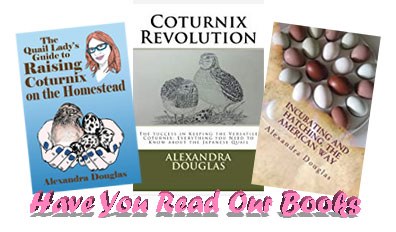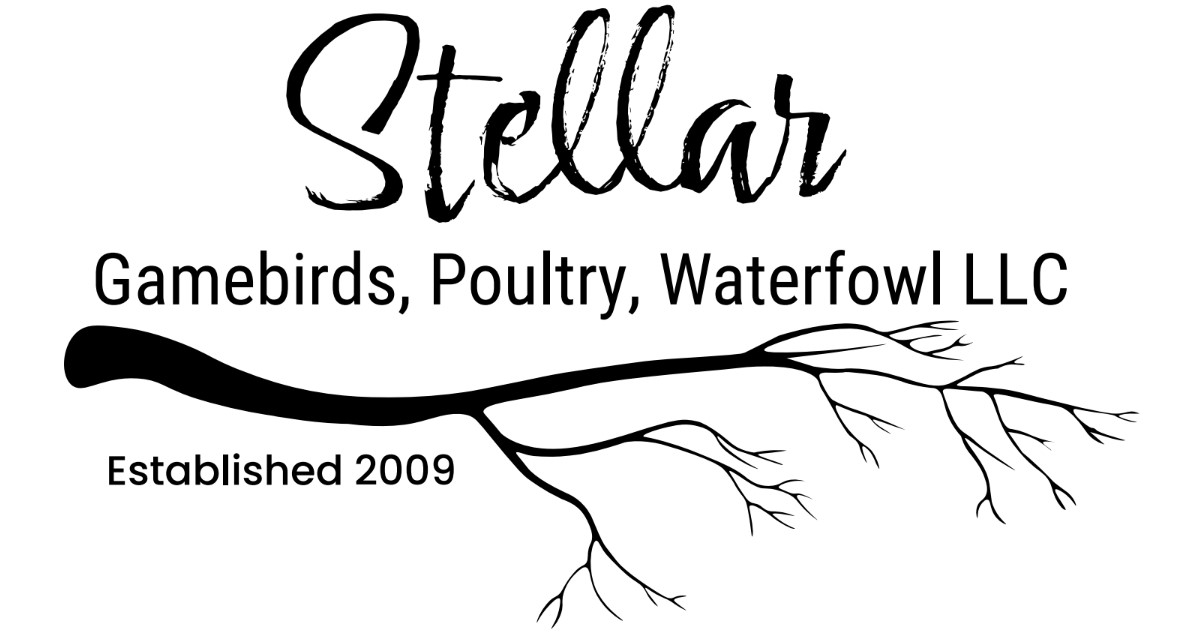In the worlds of agriculture, homesteading, horticulture, and animal husbandry, it’s not uncommon to see the terms “breeder” and “propagator” used interchangeably. After all, both roles involve the continuation of life—be it plants, animals, or even microorganisms. However, while their work overlaps in reproduction, the intent, methodology, and outcomes of breeders and propagators are distinctly different.
Whether you’re a farmer sourcing foundation stock, a gardener looking for reliable starts, or a consumer curious about where your food comes from, understanding this distinction is key to making informed choices. Let’s take a closer look at each role and why the difference between a breeder and a propagator really matters.
What Is a Breeder?
A breeder is someone who works intentionally with living organisms to develop, improve, and maintain specific genetic traits. Breeding is a science, an art, and a long-term investment. The focus isn’t just on producing more animals or plants—but on producing better, more uniform, or more resilient individuals over time.
Goals of a Breeder:
- Selective Improvement: Choosing individuals that meet a goal—be it higher milk production in goats, disease resistance in tomatoes, or a specific body shape in poultry.
- Genetic Refinement: Fixing traits in a population so that they reproduce consistently in future generations.
- Line Development: Establishing a “line” or strain that is predictable and true to type.
- Preservation: Maintaining rare or heritage varieties, often preserving genetic diversity.
- Registration and Tracking: Keeping pedigrees, performance records, or cultivar history.
Breeders are often focused on long-term progress, sometimes spending decades improving a strain. Their work requires a deep understanding of genetics, heritability, and often, a good deal of patience.
Example:
A poultry breeder might spend ten years working with a specific breed of chicken to produce a line that has tighter feathering, superior egg production, and improved foraging instincts. Each generation is evaluated and only the best birds are used for the next step forward.
What Is a Propagator?
A propagator, in contrast, is someone who specializes in reproducing and multiplying existing genetics. Their focus is often on efficiency, consistency, and quantity—getting viable offspring, seeds, or cuttings into the hands of customers, growers, or farmers.
Propagators are absolutely vital in the agricultural chain. Without them, the improved genetics from breeders would never make it to market or into backyard gardens. However, most propagators are not developing new lines—they’re reproducing established ones.
Methods of Propagation:
- In Plants: Cuttings, grafting, division, seed sprouting, tissue culture
- In Animals: Incubation, artificial insemination, embryo transfer, natural reproduction with selected stock
Goals of a Propagator:
- Mass production of offspring or starts
- Reliable and healthy stock for sale or transplant
- Consistency in phenotype
- Meeting seasonal or market demand
Example:
A greenhouse propagator may take hundreds of cuttings from a patented hybrid basil plant and root them to sell at garden centers. The genetic work was already done by a breeder—the propagator is simply ensuring that more people can enjoy that basil.
The Key Differences at a Glance

Why the Distinction Matters
For the consumer or buyer, this difference is more than just semantics. It affects the quality, predictability, and purpose of what you’re purchasing.
If You’re Buying for Breeding:
You want genetics that were intentionally selected and tracked. That means seeking out breeders who have records, goals, and consistency. Buying from a propagator may not offer the same genetic insight or predictability, especially if you’re planning to breed forward.
If You’re Buying for Production:
You might be more focused on performance, availability, and cost. A reliable propagator using good foundation stock can provide excellent results if you’re growing out animals for meat, harvesting vegetables, or creating a productive orchard.
But problems can arise when propagators do not maintain genetic integrity, especially in livestock. Without selection, stock can drift, lose vigor, or develop defects over time. This is especially common when people “breed what they have” without goals, leading to inconsistent or unhealthy outcomes.
Can One Person Be Both?
Yes—and many small farms or specialty operations are both breeders and propagators. A goat breeder might refine a line of Mini LaManchas and also sell doelings from that line to other farms. A seed saver might be actively selecting landrace vegetables and offering them to CSA members.
Being both requires a balance: the intentional selection and refinement of a breeder, with the practical skills and scalability of a propagator.
Conclusion
Breeders shape the future. Propagators spread the results. Both are necessary, but they’re not interchangeable.
Understanding the difference helps consumers, farmers, and homesteaders make better decisions about their stock, their seed, and their goals. If you’re serious about building a resilient, productive farm or homestead, seek out breeders for your foundation—and lean on great propagators for your productivity and expansion.
When you know who’s behind your genetics, you can make smarter investments—and help preserve both quality and diversity for generations to come.


